In Game of Thrones Season 1, the mighty Khal Drogo colloquially refers to the knight in exile, Ser Jorah Mormont, as Jorah the Andal. But the moniker is a misnomer for the disgraced knight, as he is a Northman, the ilk of whom trace their bloodline to the First Men. A Northman or a Northerner in George R. R. Martin’s fantastical world refers to inhabitants of the region lying north of the swamps and marsh-filled land of the Neck. However, the moniker – Jorah the Andal – has deeper connotations as the Dothraki assumes Westeros is a land populated by the Andals or the Essosi migrants who settled on Westeros in several waves of invasion that began thousands of years ago.
The Andal settlers subjugated the native inhabitants – the First Men, through various means, toppling the continent’s regional hegemony. The colonization spanned several centuries, and at the end of the process, the Andals were unable to conquer the North. The question remains of what the Kings of Winter did in Game of Thrones lore to keep them out.
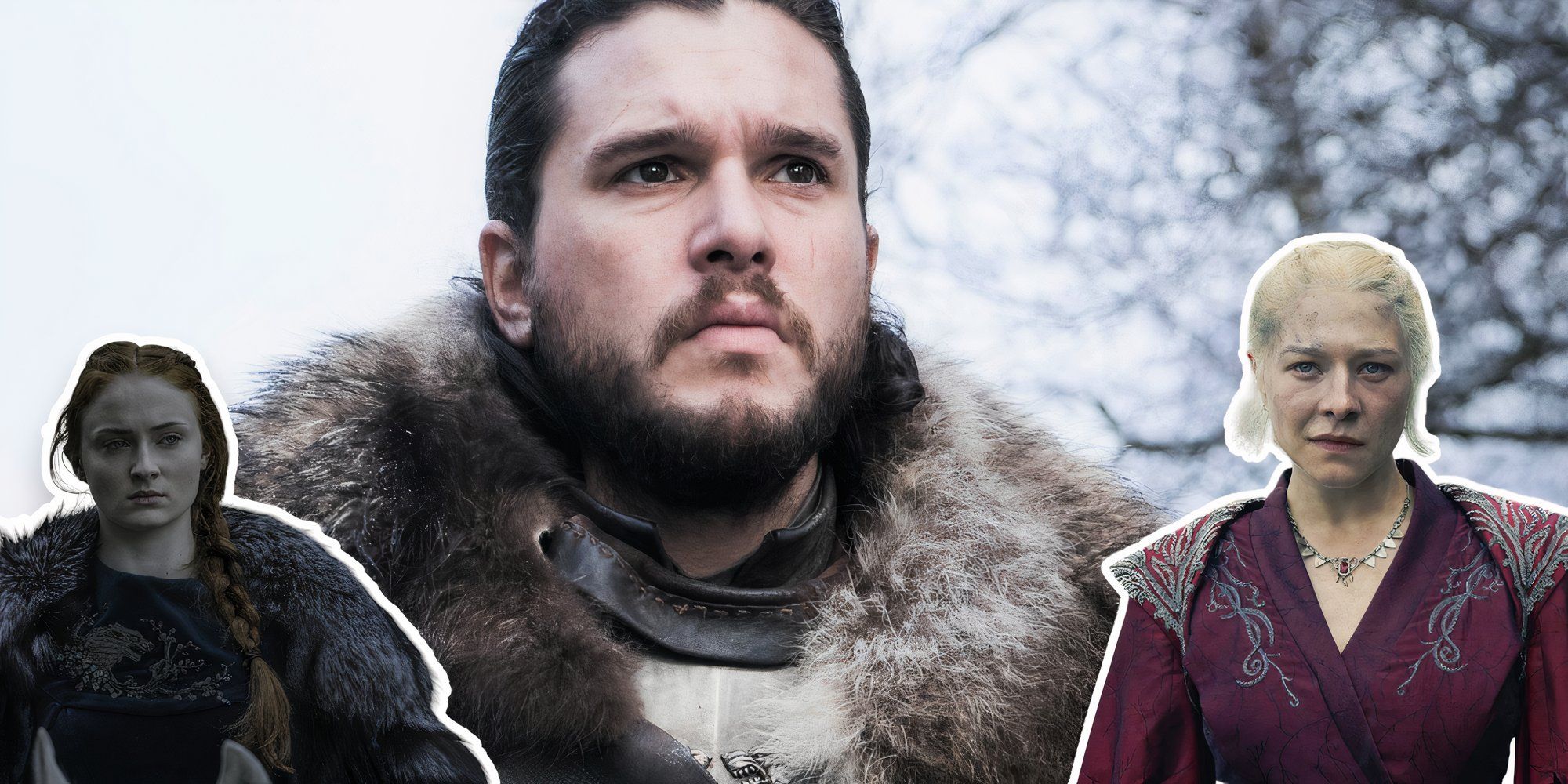
RELATED
A Game of Thrones Movie Can Redeem The Series Finale And House of the Dragon Season 2
The Game of Thrones franchise would win hearts once again with the movie in development, and here’s how.
A Brief Overview Of The Coming Of The Andals
The exact time when the invasion began is a subject of debate, and some sources say it took place six thousand years before the War of the Five Kings. The True History text claims that the Andals began migrating four thousand years ago, while learned scholars, such as Maester Denestan, believe that it was two thousand years ago that the Andals set foot in Westeros. The exact timeline of the Andal invasion cannot be established, but what is widely known is that the Five Fingers in the northeastern Vale fell first. A few petty kings of the Vale made allies with the Andals, while few resisted them. Once the Andals succeeded in occupying the Fingers, they wrestled the Riverlands from the River Kings. They resorted to land grabs through marriages in Cracklaw Point which is near the Narrow Sea. Though the natives of the Point successfully resisted the invasion as their valleys and bogs provided natural protection, they were strategically assimilated through marriages.
In the Stormlands, the Andals turned to an accord with the Durrandons of Storm’s End, securing control through intermarriages and religious conversion. Per the accord, the Durrandons would reign supreme as Storm Lords but would embrace the Faith of Seven. The Andal conqueror, Morgan Martell, subjugated the First Men at Dorne. It is pertinent to say that the Andals were careful not to impose direct rule on Dorne but remained subordinate to the higher authority of the petty kings of Greenblood and Houses Jordayne, Allyrion, and Yronwood. House Martell became a superior House during Nymeria’s War when Lord Mors of the Sandship married the Rhoynish Warrior-Queen, Nymeria.
In the Westerlands, the Lannisters defeated the Andals, but to stop the enemy from marching deep into their territory, Tyrion III and Gerold III facilitated intermarriages. King Gerold III’s son-in-law, an Andal named Ser Joffrey Lydden, changed his surname to Lannister. The Kings of Rock used the Andal Invasion to their advantage and consolidated rule over more lands.
Wherever the Andals went, they spread the Faith of the Seven, supplanted the First Mens’ native faith system of the worship of the Old Gods, cut down and burned the sacred Weirwood trees, and persecuted the mystical race – the Children of the Forest. The religious and political suppression resulted in the surviving Children fleeing north and the Andals gaining control south of the Neck. In the later phase of the Andal colonization, the Hightowers and Gardeners gave political and religious patronage to the Andals in the Reach. Marriages took place between the Andals and the natives, and they were granted lands and lordships. The Gardeners promoted the building of Septs and throughout the Reach. Furthermore, Merle I Gardener embraced the Faith and married an Andal woman. The House also enlisted knights and retainers into their service. The Hightowers also embraced the Andals, and as correctly depicted in House of the Dragon, it is for these very historical reasons that Oldtown is considered the epicenter of the Faith.
A thousand years later, the Andals, who had consolidated their rule via settlements and castles everywhere else, shifted focus to the Iron Islands, where the local lords assisted them in conquering the lands. Examples would include House Drumm, Greyjoy, Hoare, and Orkwood. The Hoares fell into disrepute for becoming more accepting of the Faith of the Seven, and turning to trade, as the Ironborn way of life was worshiping the Drowned God, and reaving. Despite still, the Faith could not gain ground in the Iron Islands as the natives held on to their native religion. Here, the Andals ended up embracing the Drowned God and thus assimilated with the Ironborn.
The Andal colonization of Westeros involved various methods of warfare. Assimilation happened in several ways, such as integration through marriages, military conscriptions, and religious conversions. The Andals brought with them superior weapons of steel, introduced a writing system, and controlled nearly all of Westeros. While Dorne would remain unstable, the First Men King in the North were unyielding during and after the colonization.
The North’s Challenging Geography And Moat Cailin
The North is hard and cold, big, wild, and resilient to fall to foreign invaders. It was ruled by the Kings of Winter from House Stark, who put loyalty, duty, and honor above all else. The Starks’ ideals were rooted in honor and resilience, unlike the scheming Houses of Westeros. As seen in Game of Thrones, Ned Stark is a political novice when he rules as the Hand, Jon Snow is a strong leader but a bad politician and a particularly bad administrator. Cersei Lannister dismisses Ned as “just a soldier,” as he thinks like a warrior and not a leader. The same applies to his eldest, Robb, and the boy he raised – Jon Snow. While these qualities lead to catastrophic consequences in Game of Thrones, the story of the Andal onslaught is something else.
The Northerners rallied behind the Hungry Wolf, King Theon Stark, who took the support of the Boltons to defeat the powerful Andal, Argos Sevenstar in the Battle of the Weeping Water. With Theon’s ruthlessness in warfare and the undeterred support of his First Men bannermen, the North successfully fended off the occupying forces. After the Battle of the Weeping Water, Theon sailed to the coast of Andalos to display his victory over the Andal warlord. He displayed Argos’s corpse on the prow of his ship and the severed heads of his enemies along the Northern shores to assert his sovereignty and to strike fear in the hearts of the enemy. He also set fire to Andal villages and a Sept. The latter act conveyed that the Northerners would steadfastly hold on to their religious beliefs.
The Andals attacked the North after gaining a foothold in central Westeros (the Trident and Riverlands). More failed incursions took place from the southern borders of the north, but Crannogmen of the Neck and Moat Cailin made it impossible for the Andal armies to advance.
Resilience Of The Northerners: A United Front Against The Andals
The Kingdom of the North dominates the discourse in the televised world of Game of Thrones. The original series sees characters such as Jon Snow and Sansa Stark asserting that the Northerners are culturally and ethically distinct, and their region, unique. Lyanna Stark’s son, Jon Snow, tells Stannis Baratheon:
Northerners can be a bit like the Free Folk. Loyal to their own.
One of the viewers’ biggest learnings through Sansa is that the Northerners are “different” and “more loyal.” Unlike the Ironborn lords or the Westermen, who either allied with the powerful Andals or used the conquest to maximize power, the Northerners remained united and fiercely resisted the onslaught. The Andal armies were depleted in trying to cross Moat Cailin. This fortress of the First Men is a natural choke point as it lies in the narrow isthmus of swamp and bog known as the Neck. The Neck is the southern limit of the Kingdom of the North, and Moat Cailin is situated right on its northern edge. The Neck separates the north from the southern Westeros, and Moat Cailin is the Kingdom’s first line of defense.
The North remained unconquered until Aegon I Targaryen parlayed with the last King in the North, Torrhen Stark, at the Trident in Game of Thrones lore. The Stark king bent the knee to save his Kingdom from the wrath of the dragons.
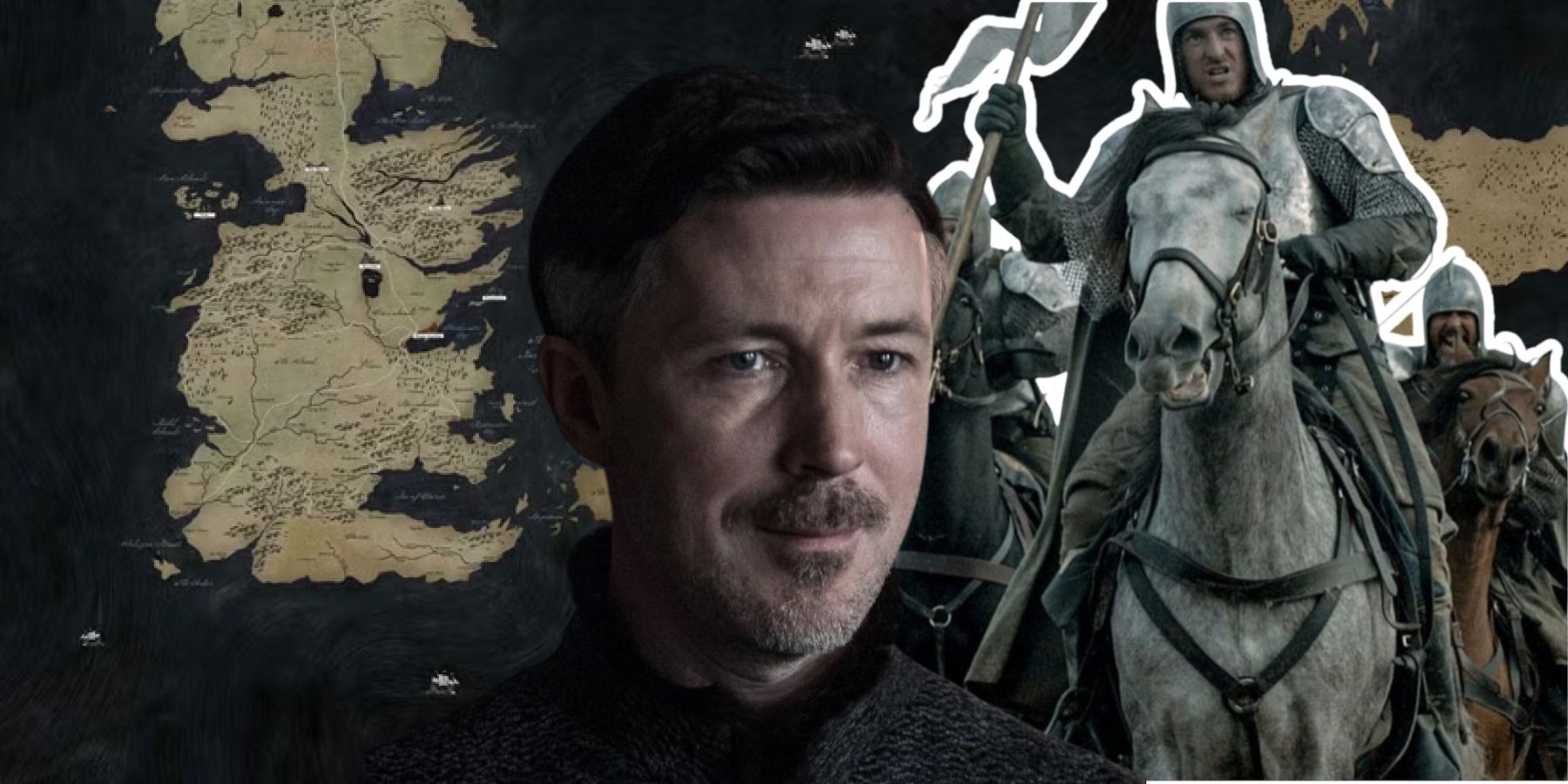
MORE
There’s A Game of Thrones Plothole That No One Seems To Talk About
How does Littlefinger get the Vale knights past Moat Cailin to aid Jon Snow if the fort is impregnable?
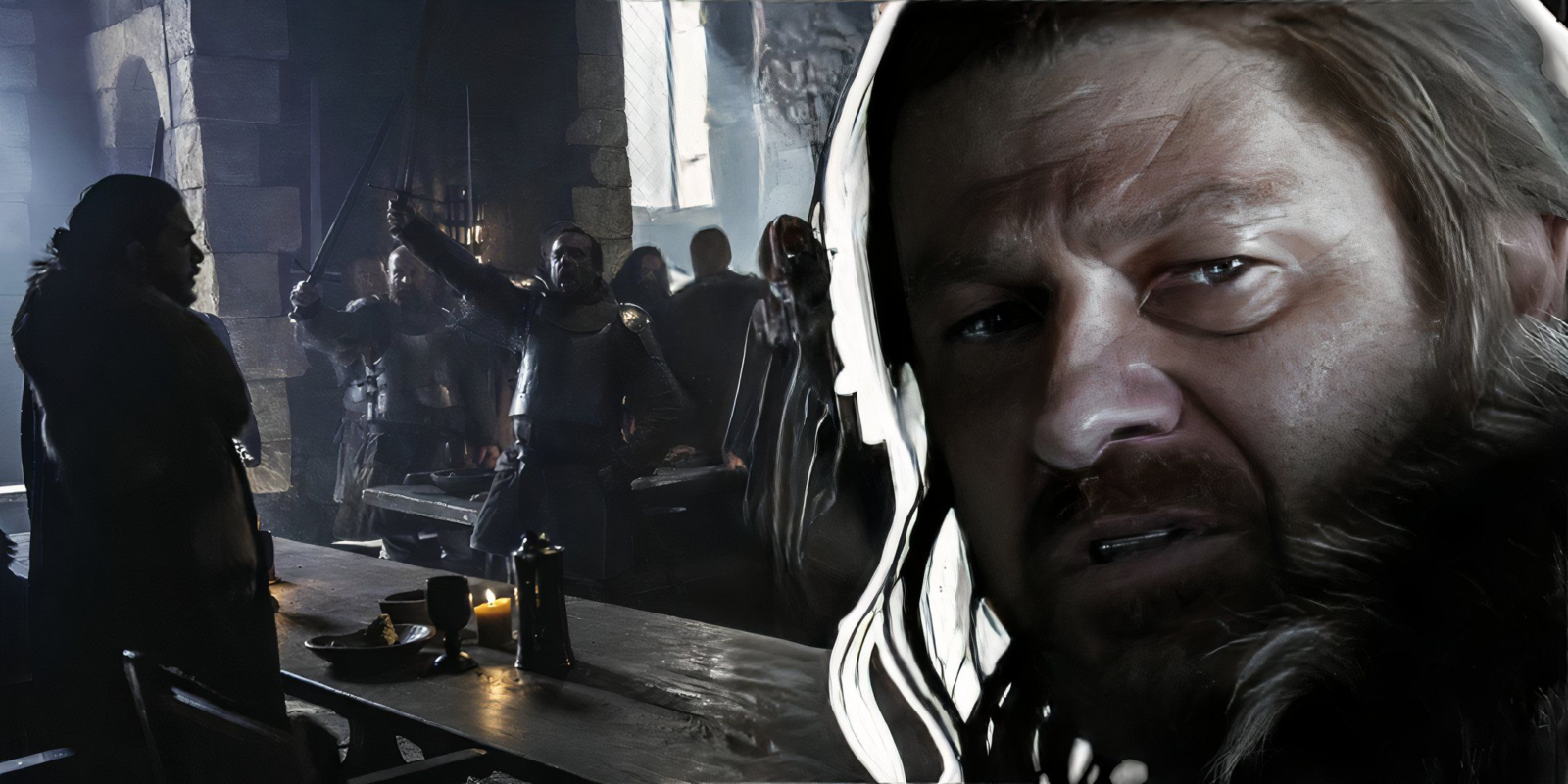

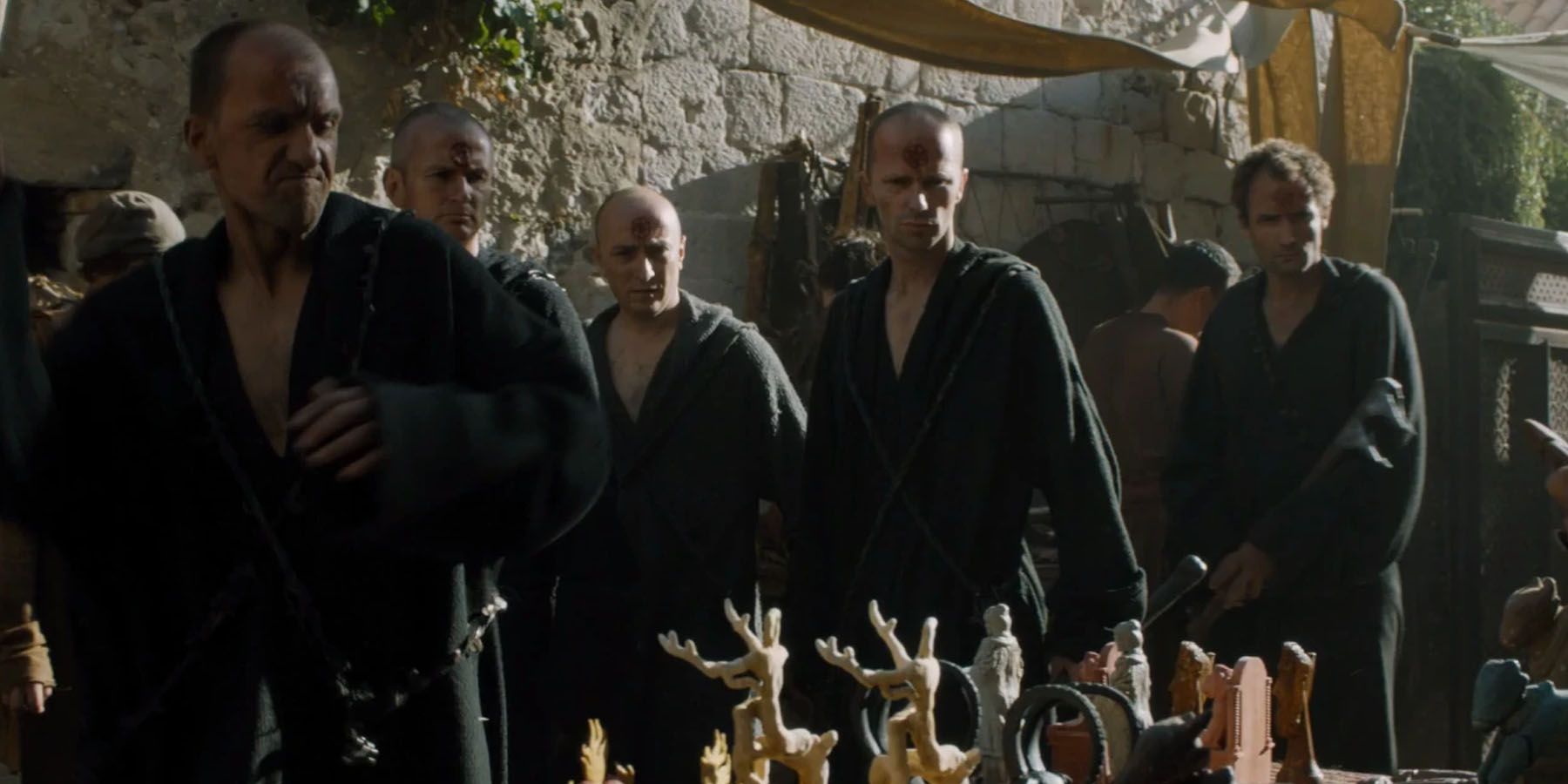
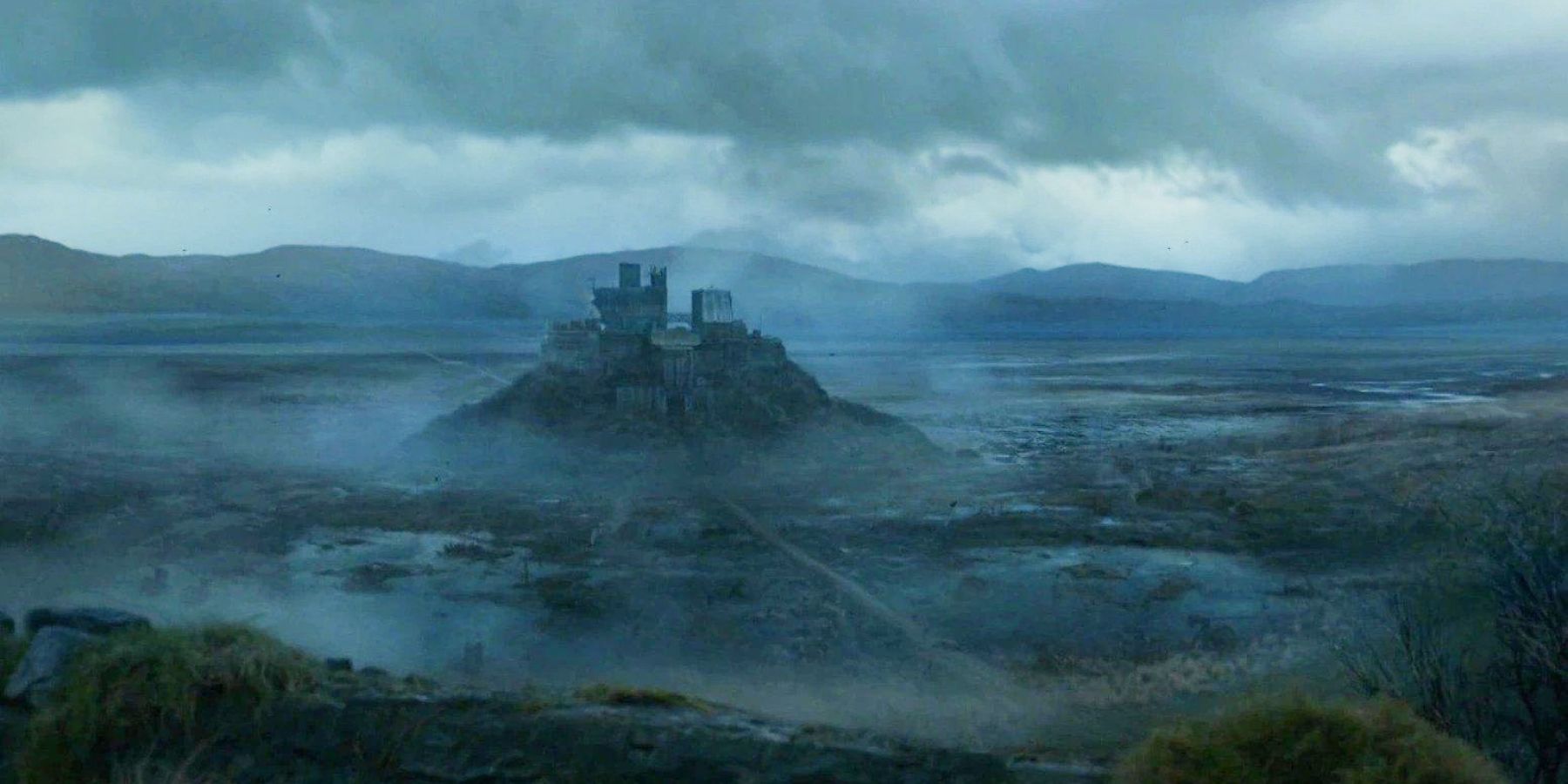
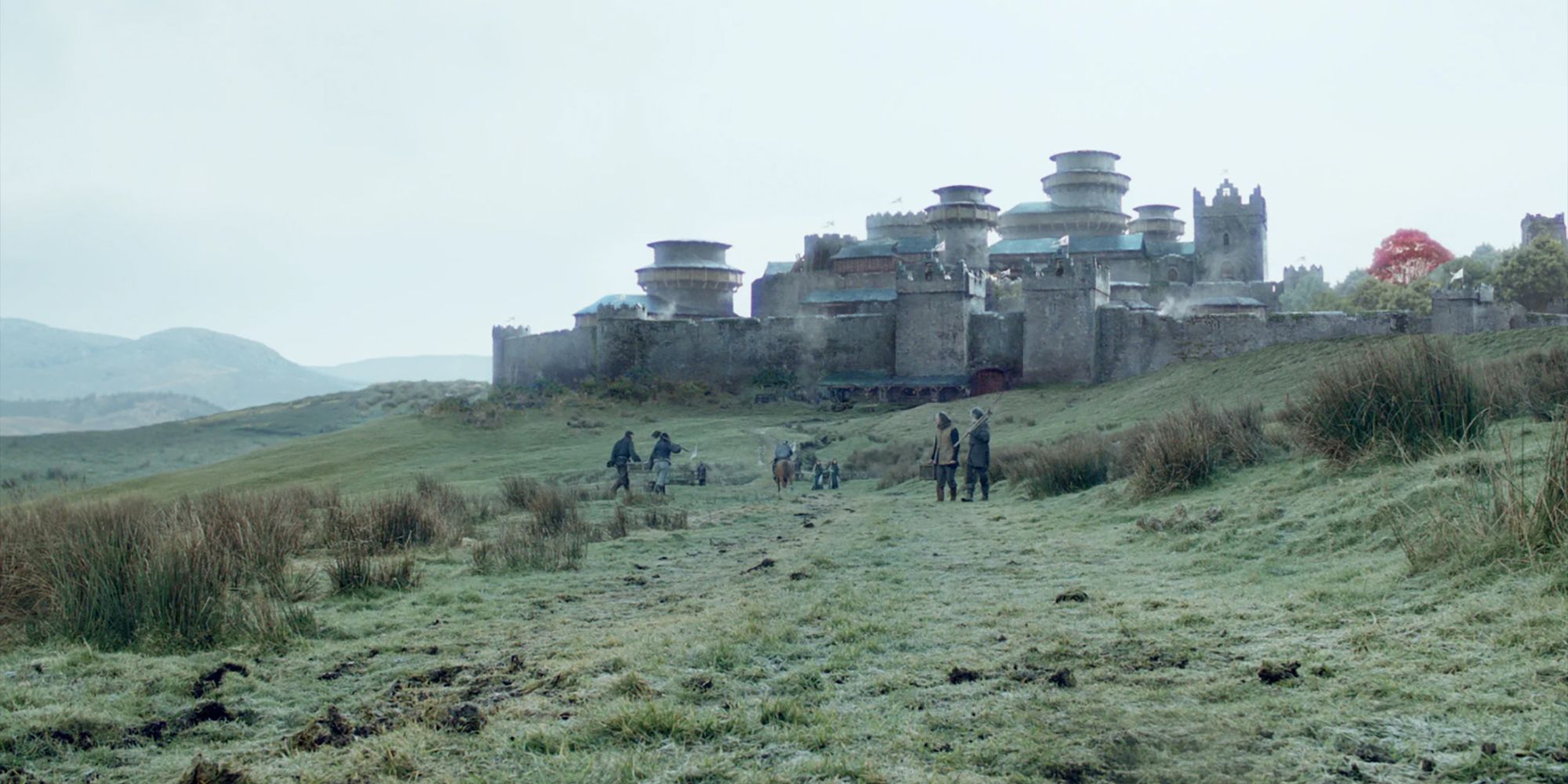









Leave a Reply